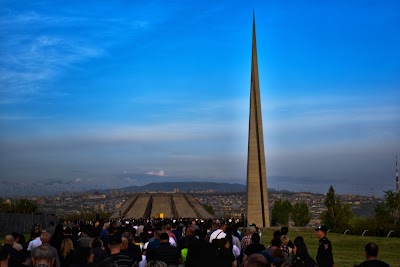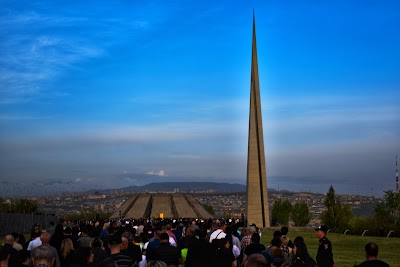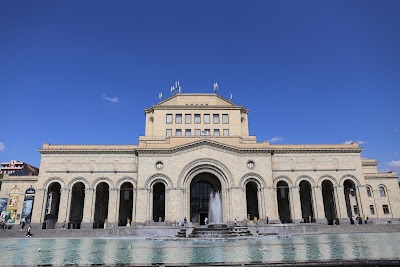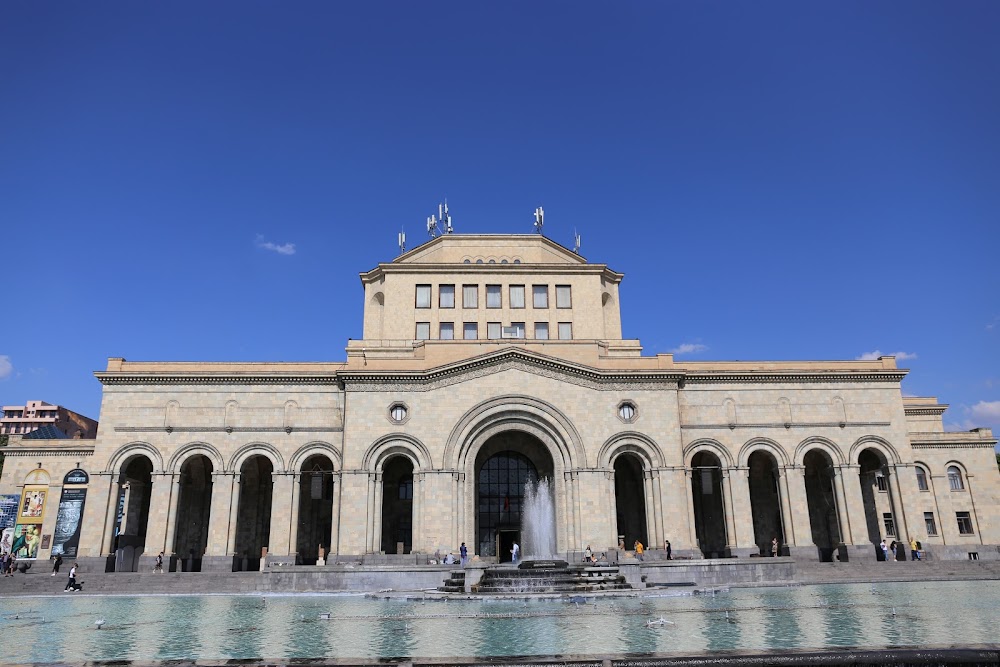Zoravor Surp Astvatsatsin Church (Զորավոր Սուրբ Աստվածածին եկեղեցի)
Overview
The Saint Mother of God the Mighty Church, also known as Zoravor Surp Astvatsatsin Church, is a historical gem nestled in the heart of Yerevan, the capital of Armenia. Its story is as rich and captivating as the city itself, weaving a narrative of resilience and faith that has endured for centuries. Originally constructed in the 7th century, this remarkable church has undergone numerous reconstructions and restorations, mirroring the indomitable spirit of the Armenian people.
Initially, the church was built beside the Tomb of Ananias, a site revered for its spiritual significance. Over the years, Zoravor Surp Astvatsatsin Church has faced destruction due to invasions, earthquakes, and other calamities. The first construction occurred during the reign of Prince Grigor Mamikonian, a notable military leader and devout Christian. As the church took shape, it evolved into a vital spiritual and strategic hub for the local community.
For centuries, the Saint Mother of God the Mighty Church served its community faithfully until a devastating earthquake struck in 1679, causing significant damage. It wasn't until the late 17th century that a comprehensive reconstruction was initiated, led by the local citizens and clergy. Generous benefactors, recognizing the church's historical and spiritual significance, provided the necessary financial support to bring the church back to life.
The reconstruction effort in the late 17th century was championed by Melik Aghamal-Shorotetsi, a respected figure dedicated to restoring the church as a fortified symbol of faith and unity. To ensure the project’s success, skilled artisans, architects, and builders from various regions of Armenia were enlisted, creating a blend of resilience and beauty in the church's design.
Utilizing local tufa stone, known for its durability and seismic resistance, the architects incorporated traditional Armenian architectural elements, such as pointed arches, intricate khachkars (cross-stones), and detailed carvings. Large windows were installed to bathe the richly decorated interior in natural light, enhancing the church's grand yet serene atmosphere.
One of the standout features of the newly rebuilt church is its double-layered dome, engineered to provide enhanced structural strength. Inside, the walls are adorned with frescoes and religious icons depicting biblical scenes and saints—magnificent works crafted by some of the finest artists of the time. Although these frescoes have faced the test of time, they remain an intrinsic part of the church’s enduring charm.
A notable aspect of Zoravor Surp Astvatsatsin Church is its pivotal role in preserving Armenian manuscripts. The church once housed a library containing rare and invaluable manuscripts that held theological, literary, and historical significance. Devoted monks meticulously copied and preserved these texts, viewing themselves as guardians of Armenian culture and knowledge.
Today, Zoravor Surp Astvatsatsin Church stands not only as a place of worship but also as a monument that embodies the historical resilience and cultural richness of Armenia. It serves as a testament to the Armenian people's unwavering determination to preserve their heritage and faith through even the most challenging times. Visitors to Yerevan are encouraged to step inside this sacred building, where they can feel the echoes of centuries of devotion, artistry, and community spirit that have allowed the church to thrive.









